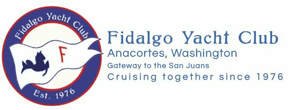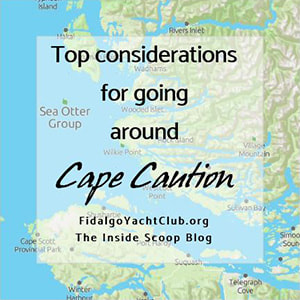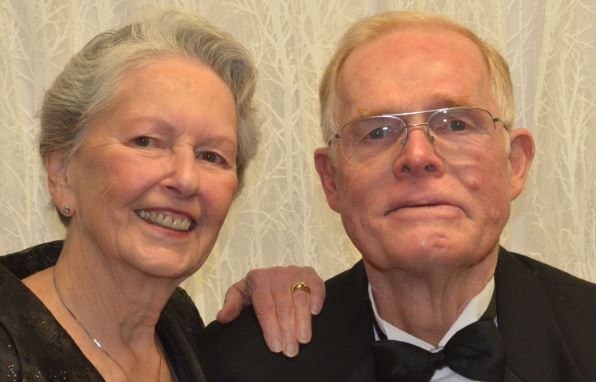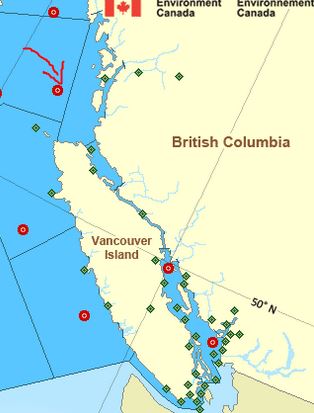Wind.
Sea Otter Buoy.
Wx and Weather Buoy Reports.
Jerry Schutzler (Puffin) suggest the following, “We have also found that a chart with the BC weather buoys and other reporting stations is very useful in interpreting the weather updates. We keep that chart open when the Wx update comes on the VHF and follow the comments for each station. That way you can get a much better idea of the Wx pattern in the area than from just paying attention to West Sea Otter and Egg Island.”
Ocean Depth.
If you stay at least 1 3/4 miles off CC (deeper than the 250 foot to 300-foot contours), the effects of shoaling and wave reflections from the land are reduced.
Transit Time.
Electronics.
Currents and Moon Phase.
The first three list above are by far the most important considerations; however, we will not know wind and West Sea Otter buoy conditions until we are near Cape Caution or at an overnight anchorage such as Allison Harbour.
The real question, then, is how do we choose a time to arrive at Cape Caution and begin our wait for good weather? Under any given wind conditions and recent wind history, currents are key to the swell and wave height at West Sea Otter. Therefore, I like to select target dates based on currents that are less likely to aggravate any existing winds. Here is my suggestion:
2 Comments
4/23/2019 10:37:06 am
Don't go around Cape Caution without first reading Ron McGough's thoughts. His three main suggestions are spot on. If you don't follow these guidelines, you may be in for quite the topsy-turvy ride.
Reply
Leave a Reply. |
About Us
Fidalgo Yacht Club is best known as a cruising club, whose members share a passion for boats, the Pacific Northwest inland waterways, and a sense of comradery. Safe boat handling is a priority. Summer will find us on the water from Anacortes to SE Alaska. Wintertime we gather together in our clubhouse to gather knowledge from dinner speakers and educational “bar chats”. We cruise and learn together and welcome new members whether a seasoned mariner or first-time boater. Categories
All
Archives
November 2019
|





 RSS Feed
RSS Feed